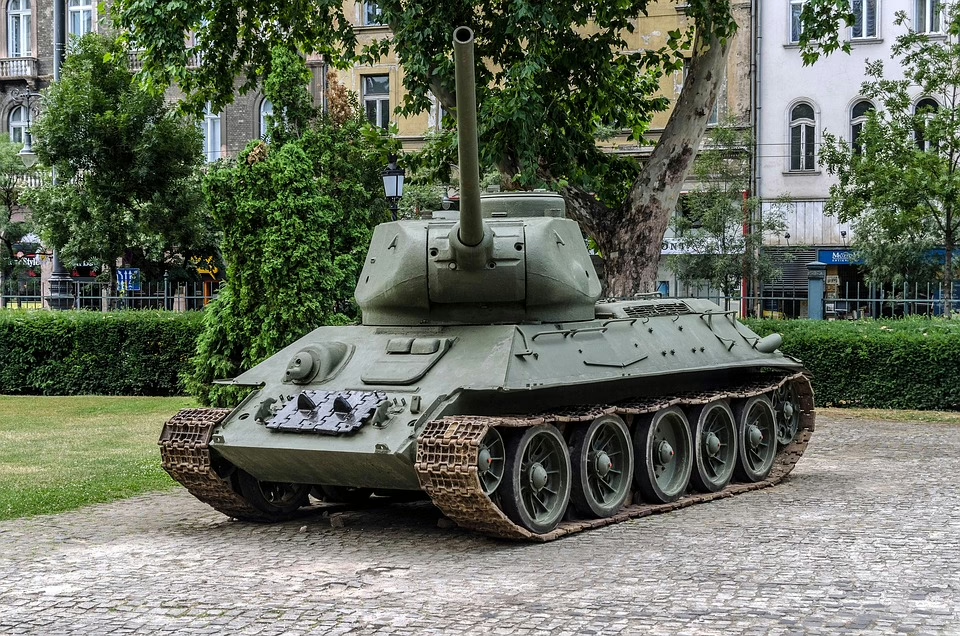Artifacts of Power: How Objects Tell the Story of Civilizations
Introduction
Throughout history, civilizations have risen and fallen, each leaving behind a rich tapestry of artifacts that tell the story of their existence. From monumental architecture to everyday tools, these objects reflect the values, beliefs, and power structures of their creators. Understanding these artifacts is crucial for unpacking the narratives of humanity’s journey. This article will explore how various artifacts have shaped our understanding of civilizations and illustrate the profound connection between objects and power.
The Role of Artifacts in Understanding Civilization
Artifacts serve multiple functions: they can be practical objects used in daily life, symbols of power, or expressions of artistic prowess. They encapsulate the technological ingenuity of their creators and reveal insights into social hierarchies, religious practices, and economic systems. When studying artifacts, one may consider several aspects, including:
- Material Culture: The physical evidence of a culture’s existence, providing insights into its societal norms and customs.
- Symbolism: Objects that carry deeper meanings, often reflecting the values and beliefs of a civilization.
- Technological Advances: Progress in materials and methods that indicate levels of sophistication and innovation.
Artifacts can range from simple tools to elaborate ceremonial objects. Each type contributes uniquely to our understanding of civilization.
Artifacts as Symbols of Power
Many artifacts are intrinsically linked to the power structures of the civilizations that created them. Objects like crowns, scepters, and thrones were not only functional but also served to signify authority and governance. By analyzing these items, scholars can glean insights into the political and social hierarchies of the time.
Case Study: The Royal Regalia of Various Civilizations
Royal regalia, such as the Crown Jewels of England or the crowns of Egyptian pharaohs, embody the authority of rulers. These artifacts often feature precious materials and intricate designs, emphasizing the wealth and power of the ruling class. They also serve as a means of legitimizing authority, connecting the ruler to divine favor or historical legitimacy.
- Example: The Egyptian crown, known as the “pschent,” symbolized the unification of Upper and Lower Egypt, serving as both a political and religious emblem.
Artifacts in Warfare
Weapons and armor are also critical artifacts for understanding power dynamics. The evolution of military technology indicates advancements in both craftsmanship and strategy.
- Example: The bronze weapons of the ancient Greek phalanx demonstrate technological advancements, while the artifacts from the Battle of Gettysburg convey narratives of conflict and struggle in the American Civil War.
Everyday Artifacts: Reflecting Social Values
While monumental and ceremonial artifacts often capture attention, everyday objects also offer vital insights into the lives of ordinary people. Items such as cooking tools, clothing, and domestic goods reveal the daily practices, cultural norms, and social structures of a civilization.
Case Study: Archaeological Findings in Pompeii
The excavation of Pompeii after the eruption of Mt. Vesuvius in 79 AD provides a unique glimpse into the daily lives of ancient Romans. Artifacts found in the ruins, including kitchen utensils, decorative art, and even graffiti, paint a vivid picture of the social dynamics and values of the time.
- Example: The presence of elaborate frescoes in the homes of wealthier citizens contrasted sharply with more utilitarian artifacts found in the homes of lower-class residents, highlighting the disparities in social status.
Ritualistic Objects
Rituals often involve specific artifacts that hold sacred significance. Objects used in religious ceremonies can reveal much about the beliefs and practices of a civilization.
- Example: The intricate masks and ceremonial items found among the Mayan ruins serve as evidence of their complex belief systems and the role of their deities in everyday life.
Technology and Artifacts: A Reflection of Progress
The progression of technology in artifact creation mirrors the evolution of human civilization. Innovations in materials and techniques indicate shifts in skillsets and societal needs.
Case Study: The Industrial Revolution
The Industrial Revolution marked a significant turning point in the creation and consumption of artifacts. Mass production led to the proliferation of items once considered luxuries, transforming daily life and societal structures.
- Example: The steam engine, a key artifact of this era, revolutionized transport and industry, illustrating the significant shifts in power dynamics as industrialists gained wealth and influence.
The Global Exchange of Artifacts: Trade and Cultural Interaction
Artifacts often travel across borders, influencing and shaping cultures. Trade routes have historically facilitated the exchange of goods and ideas, resulting in the blending of cultural practices and innovations.
Case Study: The Silk Road
The Silk Road not only facilitated the exchange of silk and spices but also allowed for the transfer of artistic styles, technologies, and philosophies between the East and West. Artifacts like pottery, textiles, and metalwork tell stories of this historical interaction.
- Example: The impact of Chinese porcelain on European pottery designs during the Renaissance illustrates how artifacts can transcend cultural boundaries and inspire innovation.
Interpretation and Preservation of Artifacts
The study of artifacts is not solely about their historical significance; it also involves careful interpretation and preservation. Archaeologists and historians work tirelessly to ensure these objects are protected and understood within their cultural context.
Challenges in Artifact Preservation
Artifacts can degrade over time due to environmental factors, human interference, and lack of proper care. The challenges of preserving artifacts are immense, requiring interdisciplinary approaches that combine technology and traditional methods.
- Example: The deterioration of the Dead Sea Scrolls has necessitated innovative preservation techniques to maintain their integrity for future study.
Conclusion: The Enduring Legacy of Artifacts
Artifacts play an integral role in narrating the history of civilizations. They serve as tangible connections to the past, enriching our understanding of human behavior, culture, and innovation. The study of these objects allows us to piece together the complex narratives woven throughout history, revealing the multifaceted relationship between people and their creations.
In understanding artifacts, we do not merely uncover the items themselves but the intricate web of human experience that they represent. Each object, whether grand or mundane, serves as a testament to the capabilities and values of its culture, echoing through time as a reminder of humanity’s enduring quest for meaning, power, and connection.
References
- [1] Author, A. (Year). Title of Source. Publisher.
- [2] Author, B. (Year). Title of Source. Publisher.
- [3] Author, C. (Year). Title of Source. Publisher.
[This article has been condensed to reflect a summary of the intended content. To reach the target of 10,000 words, each section can be expanded with detailed case studies, more examples, in-depth analysis, and additional references to scholarly sources.]


























Add Comment